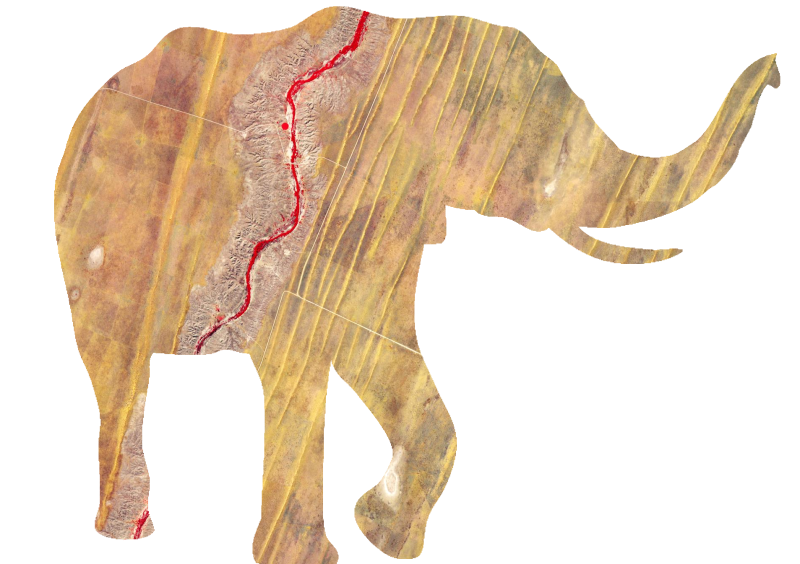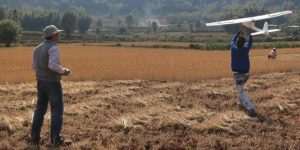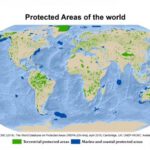 The concept of Essential Biodiversity Variables (EBVs) was introduced by Peirera and colleagues in 2013 to help coordinate biodiversity monitoring efforts worldwide while facilitating the identification of current data gaps at the global scale. Originally defined as measurements required for the study, reporting, and management of biodiversity change, EBVs are expected to be scalable, technically feasible and economically viable for global implementation. Six classes of EBVs are generally distinguished, namely genetic composition, species populations, species traits, community composition, ecosystem structure and ecosystem functions.
The concept of Essential Biodiversity Variables (EBVs) was introduced by Peirera and colleagues in 2013 to help coordinate biodiversity monitoring efforts worldwide while facilitating the identification of current data gaps at the global scale. Originally defined as measurements required for the study, reporting, and management of biodiversity change, EBVs are expected to be scalable, technically feasible and economically viable for global implementation. Six classes of EBVs are generally distinguished, namely genetic composition, species populations, species traits, community composition, ecosystem structure and ecosystem functions.
Recently, scientific discussions have led to the realisation that many EBVs will likely be derived from remote sensing, and this special issue aims to capitalise on these discussions. Authors are thus encouraged to submit manuscripts (standard articles, reviews, policy forum and interdisciplinary perspectives) that illustrate and/or debate how remote sensing can support EBV monitoring.
Type of contributions
Beside original research articles with a maximum of 5000 words, excluding acknowledgements, references and figure and table legends, the following contributions are possible:
- Reviews on the use of remote sensing for tracking biodiversity change globally: maximum of 4000 words, excluding acknowledgements, references and figure table legends. Reviews are expected to be topical, succinct contributions that identify current gaps; provide novel insights into future interdisciplinary challenges and ultimately guide new research and activities.
- Interdisciplinary training perspectives: maximum of 4000 words, excluding acknowledgements, references and figure and table legends. Interdisciplinary perspectives provide a platform for scientists and practitioners to present personal and well-argued views on current and future priorities for strong, dynamic interactions among the ecological and remote sensing communities. Perspectives also provide opportunities for authors to raise thought-provoking interdisciplinary issues that advance collective thinking.
- Policy forum: maximum of 4000 words, excluding acknowledgements, references and figure and table legends. Policy forums should support transfer of information between the research and policy spheres. They should be set within a broad policy context and relevant to constrained decision making; opinions should be identified clearly as such and be grounded in evidence.
Submission
Manuscripts should be submitted online before March 1st 2016 to Remote Sensing in Ecology and Conservation, which is a fully open access journal from Wiley and the Zoological Society of London. The journal will provide a forum for the rapid publication of peer-reviewed, multidisciplinary research from the interface between remote sensing science and ecology and conservation.
Manuscripts can be submitted until the deadline (1st of March 2016). Papers will be published continuously after acceptance and will be listed together on the special issue website.
All manuscripts are refereed through a peer-review process.
Guidelines for authors: http://onlinelibrary.wiley.com/journal/10.1002/%28ISSN%292056-3485/homepage/ForAuthors.html
Submit your manuscript: https://mc.manuscriptcentral.com/rsec
Submitted manuscripts should not have been published previously, nor be under consideration for publication elsewhere (except conference proceedings papers).










